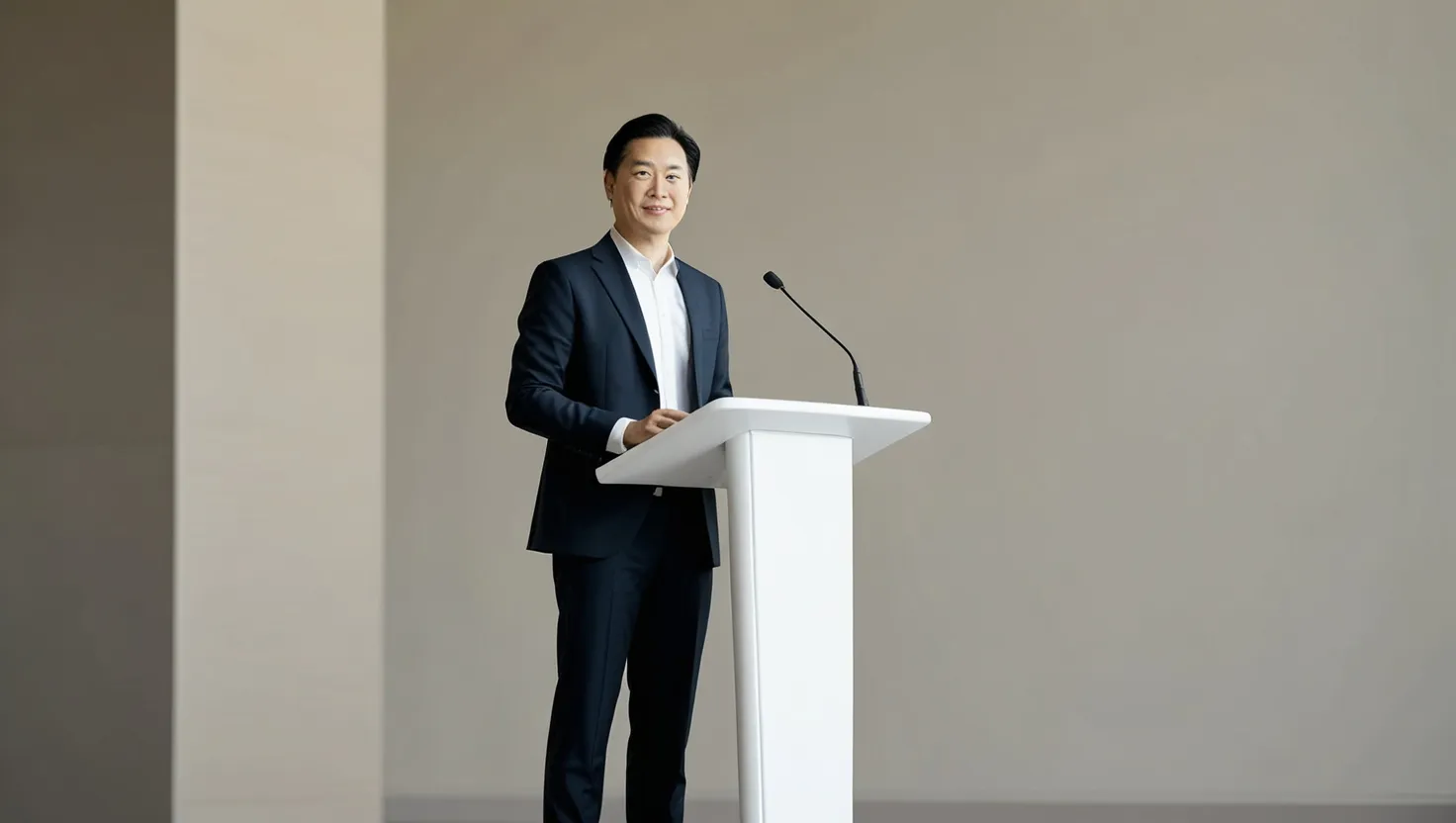In today’s complex work environments, understanding and navigating organizational politics has become essential for effective leadership. The intricate dance of relationships, power structures, and competing interests can significantly influence a leader’s ability to implement change and achieve organizational goals. So, how does one maneuver through this intricate landscape without losing sight of integrity? Here are six pivotal techniques that can help leaders thrive amidst the political nuances of the workplace.
Building authentic relationships across departments is the bedrock of any successful leadership strategy. It’s not just about networking or superficial connections; it’s about forming genuine bonds based on trust and mutual respect. When you take the time to understand coworkers as people—beyond their titles or roles—you lay the groundwork for support and collaboration. Have you ever considered how much more effective a team can be when its members truly understand and respect each other? This depth of connection can lead to increased cooperation during challenging times and a collective drive towards shared goals.
As you foster these relationships, it’s crucial to recognize the informal power structures that exist in your organization. Every workplace has a flow of influence that may not align with the official hierarchy. Some individuals, despite having no formal authority, wield substantial sway over decisions and opinions. Understanding these dynamics can help you identify key influencers and decision-makers who can support your initiatives. How often do you observe the subtle interactions that indicate who truly holds power? This awareness equips you to navigate the decision-making processes more effectively.
Once you’ve established connections and grasped the informal power landscape, aligning your personal goals with the organization’s priorities becomes your next strategic move. This alignment not only strengthens your position but also ensures that you’re contributing to the broader objectives of your organization. It’s essential to communicate how your initiatives can benefit the group and reflect organizational values. When your goals resonate with those of the organization, it creates a win-win scenario. How can you find common ground between personal ambitions and company objectives?
Transparent communication is another critical technique for navigating organizational politics. As a leader, being open about your intentions fosters trust and reduces speculation. When people understand your motives and the reasons behind your decisions, they are more likely to support your initiatives. Have you ever experienced a situation where a lack of transparency led to misunderstandings or distrust? By avoiding ambiguity and promoting clarity, you create an environment where ideas and initiatives can flourish.
Developing strategic alliances without creating silos is another essential skill. Collaboration is vital in organizations, but it can often be hindered by divisions between departments. You can mitigate this by actively seeking opportunities for cross-departmental partnerships. This not only breaks down silos but also enriches your initiatives with diverse perspectives and expertise. Consider the ripple effect of collaboration—how the fusion of ideas from different areas can lead to innovative solutions. Who might you partner with to enhance your projects?
Addressing conflicts through collaborative resolution is the final technique to explore. Conflict is inevitable in any work environment, but how you handle it can define your leadership style. Rather than avoiding conflict or letting it fester, embracing a collaborative approach to conflict resolution strengthens relationships and builds a culture of openness. You might find that addressing disagreements directly can lead to creative problem-solving and foster deeper understanding among team members. How do you typically approach conflicts in your team?
In reflecting on these techniques, it becomes clear that navigating organizational politics is not just about maneuvering through challenges but about creating a culture of respect and integrity. Leaders who prioritize authentic relationships, align their goals with the organization, communicate transparently, form strategic alliances, and resolve conflicts collaboratively set themselves apart as trusted figures.
Consider the story of a well-respected executive known for her ability to foster cooperation. When faced with a divisive project, she took the time to meet with her colleagues from various departments, engaging them in meaningful conversations about their concerns and perspectives. Through her transparent and inclusive approach, she was able to rally support and drive the project forward successfully. What lessons can you take away from examples like hers in your own leadership journey?
In conclusion, embracing these leadership techniques can significantly enhance your ability to navigate the complex dynamics of organizational politics. It’s not merely about gaining influence or climbing the corporate ladder; it’s about creating an environment where integrity, collaboration, and mutual respect flourish. So, as you continue in your leadership role, remember to build authentic connections, understand power dynamics, align goals, communicate openly, form alliances, and address conflicts constructively. In doing so, you not only advance your initiatives but also contribute positively to your organization’s culture and success.
As you ponder over these insights, ask yourself: How can you apply these techniques in your current role to foster a more collaborative and trusting workplace? Each step you take towards mastering these skills not only empowers you as a leader but also enhances the overall health of your organization. The journey of leadership is ongoing—embracing these strategies can make all the difference.






